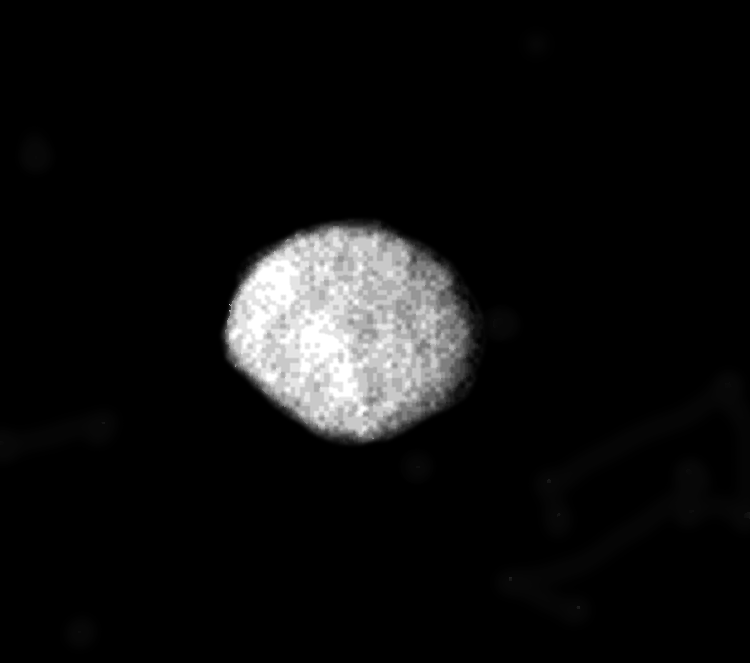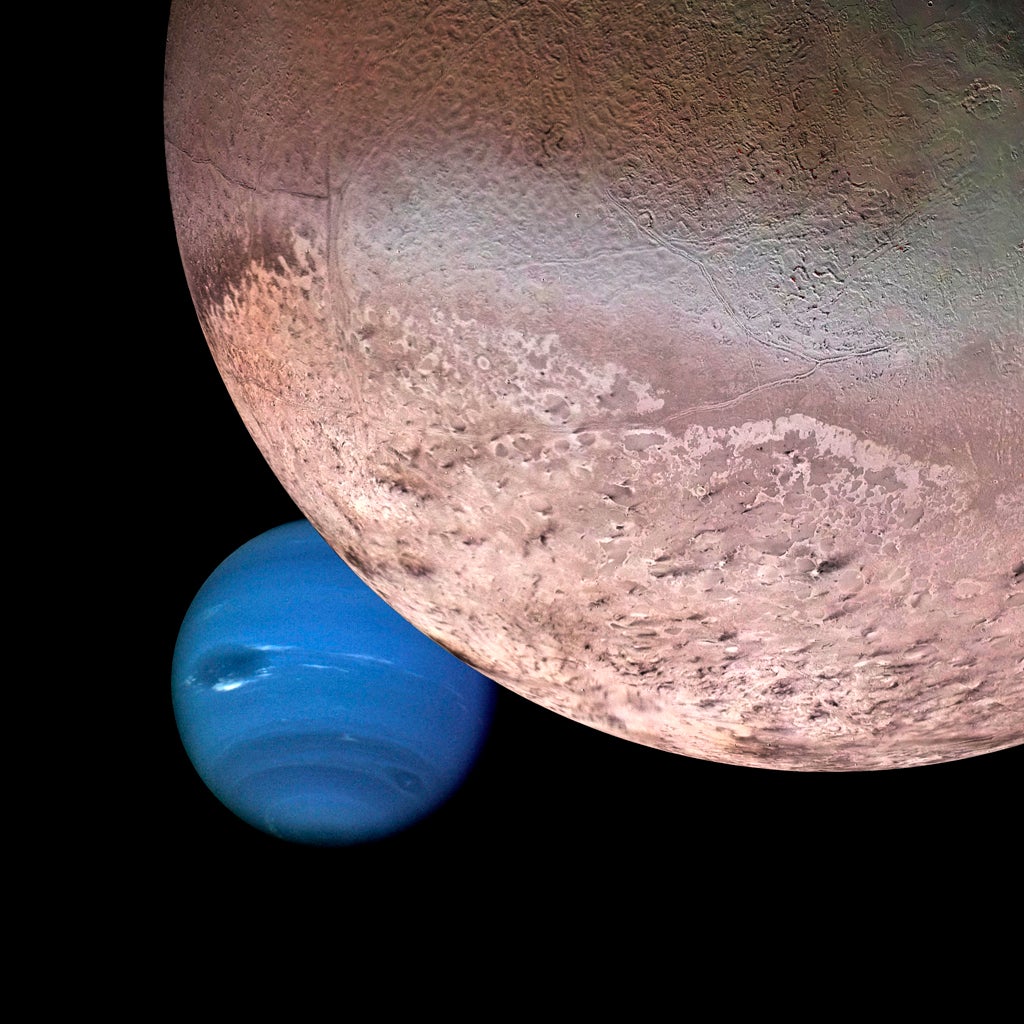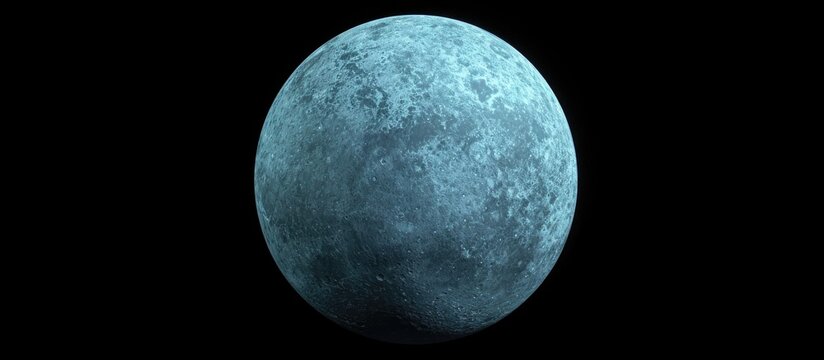Miranda: Uranus's Mysterious Moon
Miranda, Uranus’s enigmatic moon, captivates with its bizarre landscapes, towering cliffs, and a history shaped by cosmic chaos. Unravel its secrets and discover what makes this fractured world so unique.

Miranda—the smallest and innermost of Uranus's five major moons, was discovered on February 16, 1948, by astronomer Gerard Kuiper. He named it after the character Miranda from William Shakespeare's play "The Tempest," maintaining the tradition of naming Uranian moons after literary figures.
Size and Composition
With a diameter of approximately 470 kilometers (290 miles), Miranda is about one-seventh the size of Earth's Moon. Its low density of 1.2 grams per cubic centimeter suggests a composition rich in water ice, mixed with rocky material.
Orbit and Rotation
Miranda orbits Uranus at an average distance of 129,800 kilometers (80,654 miles), completing a revolution every 1.413 days. Its orbit is nearly circular but exhibits an unusual inclination of 4.34 degrees, higher than that of Uranus's other major moons. Miranda is tidally locked, always showing the same face to Uranus.
Surface Features
Miranda's surface is a geological mosaic, displaying a variety of terrains. Some regions are heavily cratered, indicating ancient surfaces, while others are characterized by unique features called coronae—oval-shaped regions with ridges and valleys. These coronae are believed to result from upwellings of partially melted ice.
Verona Rupes: The Solar System's Tallest Cliff
One of Miranda's most striking features is Verona Rupes, a cliff estimated to be about 20 kilometers (12 miles) high, making it the tallest known cliff in the solar system. This immense escarpment adds to the moon's rugged and varied landscape.
Subsurface Ocean Hypothesis
Recent studies suggest that Miranda may harbor a subsurface ocean beneath its icy crust. This ocean could be up to 100 kilometers thick and may have existed within the last 100 to 500 million years. The potential presence of liquid water raises intriguing possibilities about the moon's geologic activity and potential habitability.
Geological Activity
Despite its small size, Miranda shows evidence of significant geological activity. The varied terrains and surface features suggest a history of tectonic and possibly cryovolcanic processes, reshaping its surface over time.
Exploration
The only close-up images of Miranda were captured by NASA's Voyager 2 spacecraft during its flyby of Uranus in January 1986. These images revealed Miranda's unique and diverse geology, sparking interest in further exploration.
Conclusion
Miranda stands out among the moons of the solar system due to its unique geological features, including towering cliffs and coronae. Its varied landscape and the potential presence of a subsurface ocean make it a compelling target for future exploration, offering insights into the geological processes of icy moons and the potential for habitability beyond Earth.
What's Your Reaction?







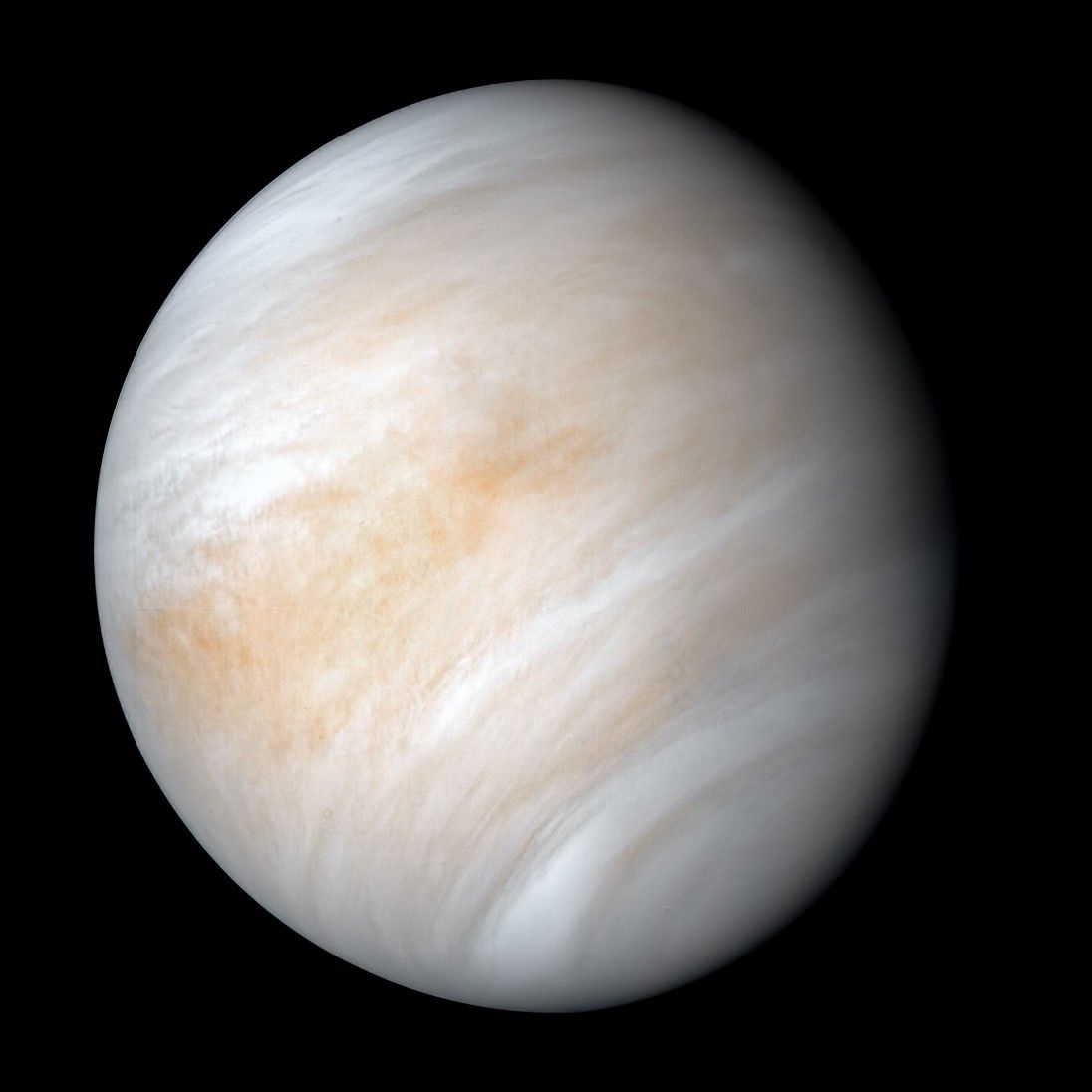



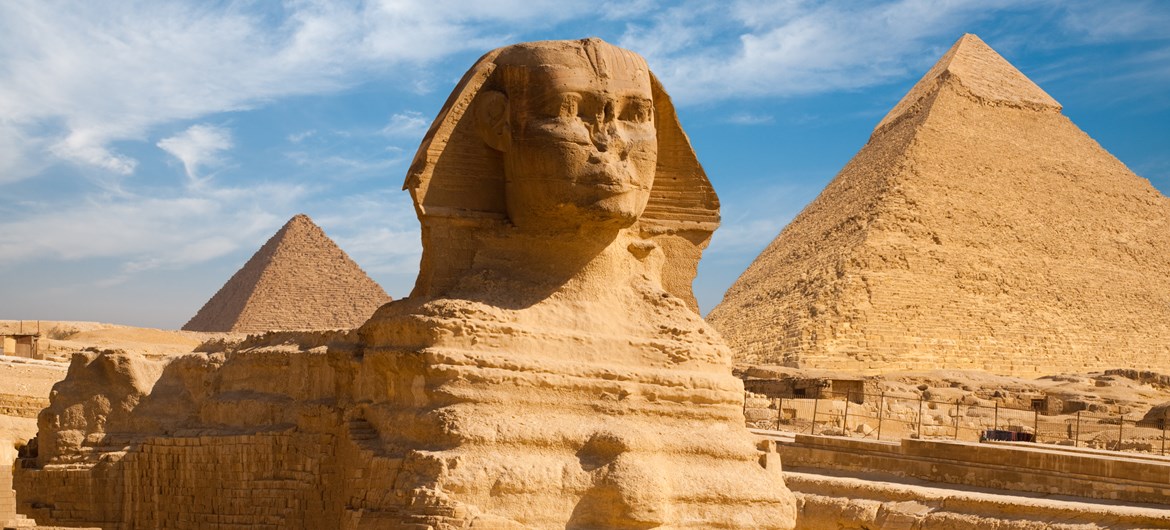
/https://tf-cmsv2-smithsonianmag-media.s3.amazonaws.com/filer_public/54/66/546650fa-26a4-40fd-8d6d-5a7a04540f81/rosetta2.png)
:max_bytes(150000):strip_icc():focal(999x0:1001x2)/robert-prevost-050825-1-39395418ab494da5a3a700c9478e66c8.jpg)


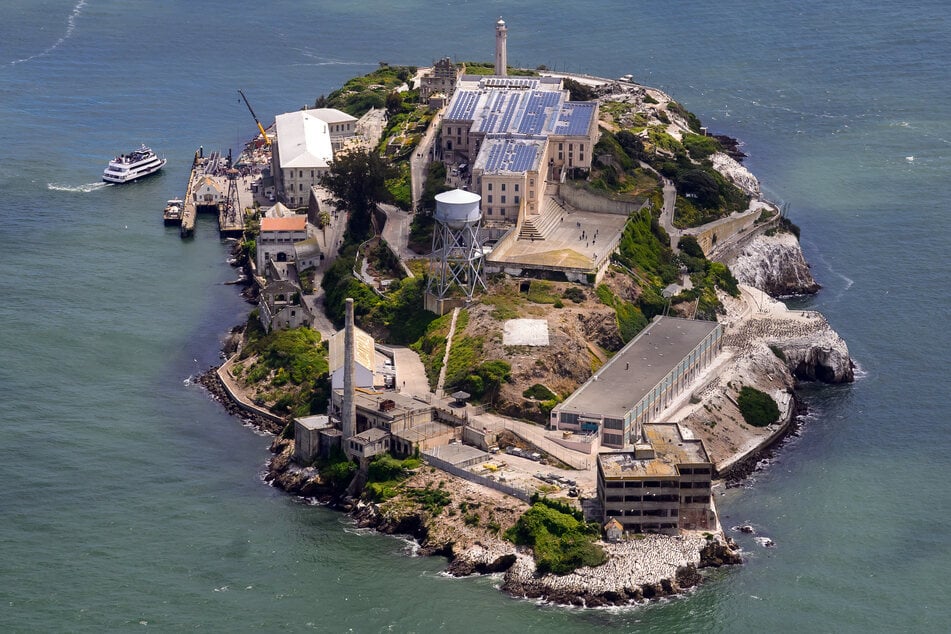























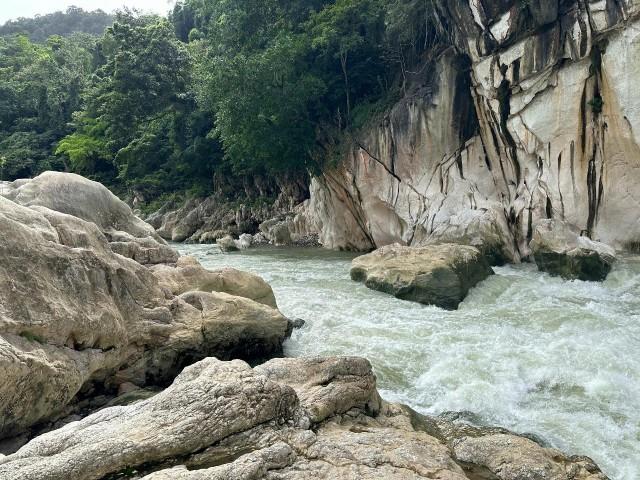




















format(webp))
format(webp))
















